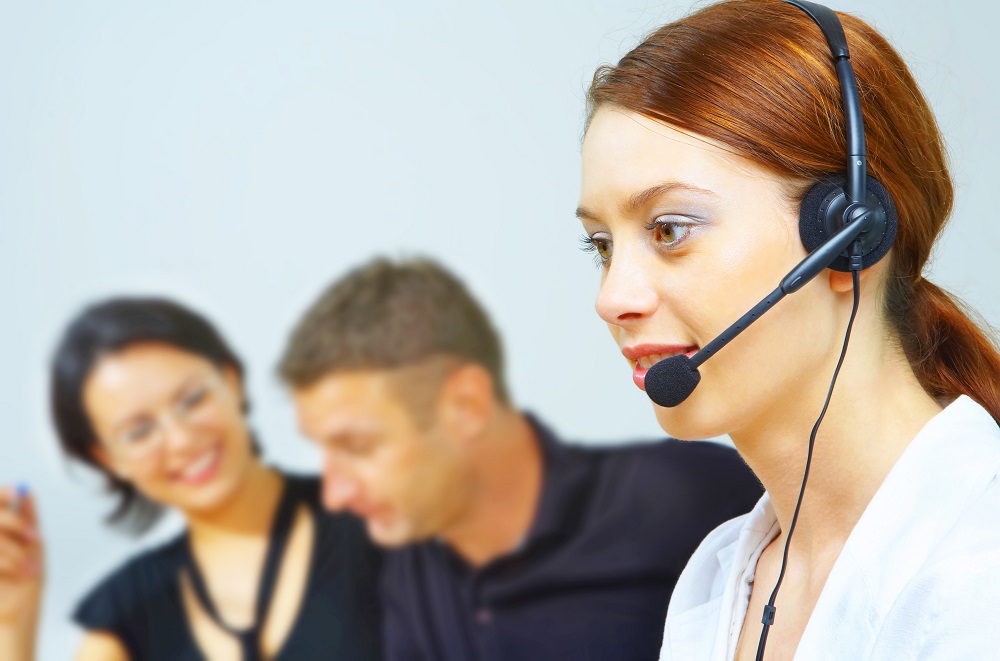
DIY Internet-Based Systems
The other type of wireless security system is typical of the DIY home security variety. This kind of equipment uses your internet connection to allow communication between all of the components, as well as between the components and your mobile device. Rather than operating through a landline, your home security devices connect as a system using your router.
Wireless DIY home security systems offer a number of benefits:
- They’re easy to install. Most wireless security systems simply involve plugging the components into a power source and following the instructions for connecting them.
- They’re affordable. While some products do come with a professional monitoring option, if you choose self-monitoring you will only have to pay for the cost of the equipment. This is typically much less than what you would pay for a system from a security company.
- They’re portable. If you move or wish to reposition equipment, wireless devices are much easier to move than hard-wired.
- They can be integrated with smart devices. One of the most attractive features of an Internet-based wireless security system is that many come with the option to connect to other smart devices in your home, such as thermostats, smart locks, and lighting.
As households become more reliant upon mobile technology and connected home automation increases its foothold on daily life, security is naturally being brought into the fold through wireless internet-dependent solutions. This means more, better, and cheaper products for streamlining your home’s functionality and improving your safety and security.
About Wireless Home Security Systems
There’s no doubt that all of the products on the market today make it easier than ever to protect your family and valuables. So how do these systems actually work? First, let’s take a look at the components involved in a wireless home security system.
- The hub or control panel: this is the main component of your wireless security system and functions as the brain of the operation. Professionally monitored cellular systems and some DIY security systems will have a traditional or touchscreen control panel. If you opt for a setup that combines security with a home automation system, you’ll have a hub which you control from a mobile app.
- Sensors: these include door and window sensors, and sometimes indoor/outdoor motion sensors to alert you when there’s unexpected activity inside your house.
- Cameras: a wireless security camera gives you the ability to see what’s going on in real time indoors and/or out, and also allows you to record and store video.
- Alarm or siren: this feature is one of the most important parts of a wireless security system in terms of scaring off intruders. It can also alert neighbors to a problem if you’re not at home.
You may also have yard signs, window stickers, and key chain sensors which allow you to arm and disarm your system. Of course, with a smart security system, you will also be able to connect devices like door locks, lights, and more.

